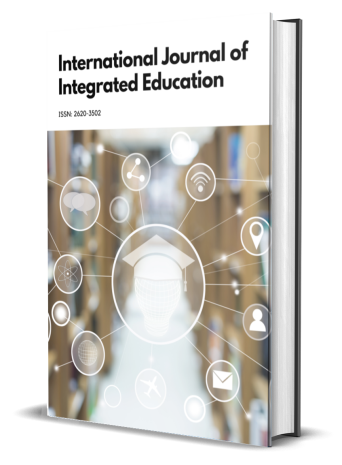Migrant’s the faceless & nameless economic driver amid Covid19.
Abstract
India is least urbanized among top ten economies of the world. Recent years have seen a spurt in development in various sectors, and a transition of work force out from agriculture to other sectors; this coupled with jobless growth has made a huge flow of unskilled labours from various states. The so called Migrants, the faceless nameless people who are the real driver’s of our economy. They move from their states to other places in search of a livelihood, to sustain and survive, and contribute to our economy, in a subtle way we never actually thought off. There are many reasons for this, regional disparities, employment opportunities, are most prominent. Never the less their invisible hands are more needed than ever now, as we unlock and head towards economic activity, but maybe we have failed the migrant labours as a society. India’s informal workforce is made up of 80% migrant workers, and yet we haven’t given them the credibility they deserve. May be it’s time now, to acknowledge who they are, and what they are, else we risk losing the major workforce of our country, and face unprecedented economic consequences.
References
http://documents.worldbank.org/curated/en/429181519662555108/pdf/WPS8356.pdf
http://mospi.nic.in/sites/default/files/publication_reports/533_final.pdf
https://www.oneindia.com/india/in-haryana-scores-of-migrants-register-to-return-3085583.html
https://pib.gov.in/PressReleseDetail.aspx?PRID=1624455
http://www.pib.nic.in/PressReleasePage.aspx?PRID=1623862
https://pib.gov.in/PressReleseDetail.aspx?PRID=1624541
Chandrasekhar, S, Sharma, Ajay, Urbanization and Spatial Patterns of Spatial Migration in India, Indira Gandhi Institute of Development Research, Mumbai, May 2014.
Nayyar, Gaurav, Kim, Yang, Kyoung, India’s Internal Labor Migration Paradox, February 2018.
Das, C, Kailash, Saha, Subhasish, Inter-State Migration and regional disparities in India.
Deshinkar, Priya, Khandelwal, Rajiv, Farrington, John, Support for Migrant Workers: The missing link in India’s Development, September 2008.
In submitting the manuscript to the International Journal on Integrated Education (IJIE), the authors certify that:
- They are authorized by their co-authors to enter into these arrangements.
- The work described has not been formally published before, except in the form of an abstract or as part of a published lecture, review, thesis, or overlay journal.
- That it is not under consideration for publication elsewhere,
- The publication has been approved by the author(s) and by responsible authorities – tacitly or explicitly – of the institutes where the work has been carried out.
- They secure the right to reproduce any material that has already been published or copyrighted elsewhere.
- They agree to the following license and copyright agreement.
License and Copyright Agreement
Authors who publish with International Journal on Integrated Education (IJIE) agree to the following terms:
Authors retain copyright and grant the International Journal on Integrated Education (IJIE) right of first publication with the work simultaneously licensed under Creative Commons Attribution License (CC BY 4.0) that allows others to share the work with an acknowledgment of the work's authorship and initial publication in this journal.






1.png)
